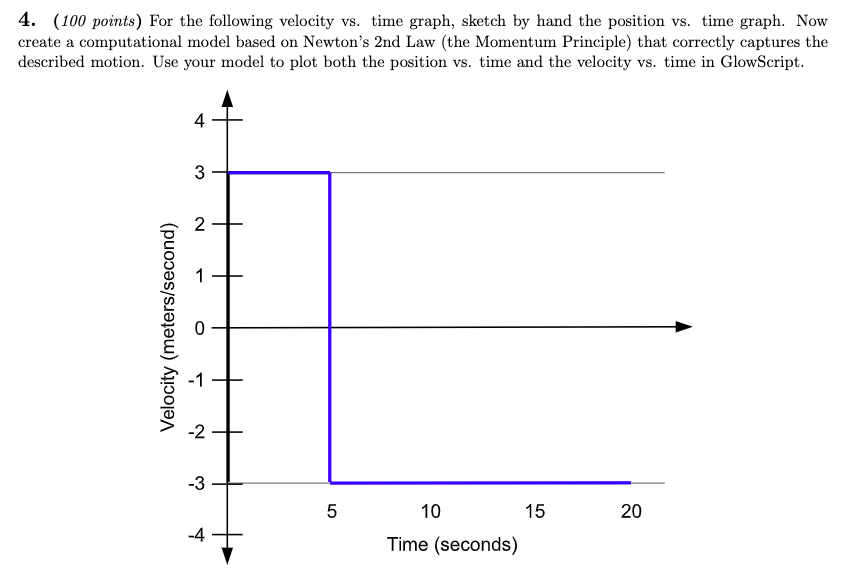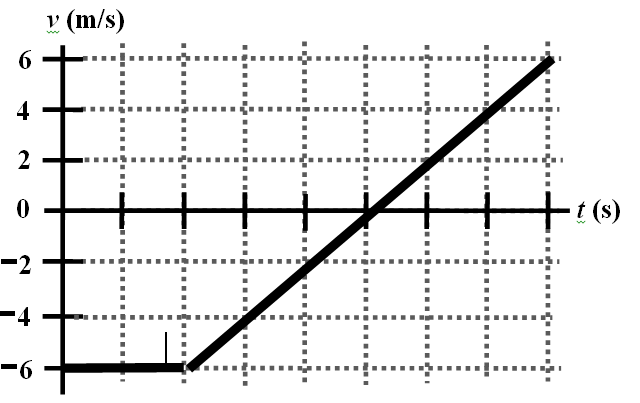

As we know, if we divide the change in the y-axis to change in the x-axis, it gives us the slope of the graph. In the velocity vs time graph, the slope of the graph gives us acceleration. The area under that line, on the other hand, will give us the object’s displacement. The slope of the line in the velocity vs time graph will give us the object’s acceleration.

Moreover, using this graph, velocity and its direction of motion, acceleration of an object, and displacement of an object can be found. time graph is the one that is used to compare how velocity is changing with time. At the same time, on the vertical axis (Y-axis), there will be the object’s velocity as it is time dependent. In the velocity vs time graph, there will be time on the horizontal axis (X-axis) as it is the independent variable. It means that if two objects or bodies are moving at the same speed but not in the same direction, their velocities will differ. The velocity of an object or body is nothing but its speed in a particular direction. And because velocity remains constant, i.e., it does not change even when time does, there will be no acceleration. When a body or object moves at a constant velocity, the constant velocity vs time graph will have no slope.

time graph to see what we are talking about. What happens when an object’s velocity remains constant? Let’s look at a constant velocity vs. The phrase “constant” refers to a state of being stable.


 0 kommentar(er)
0 kommentar(er)
